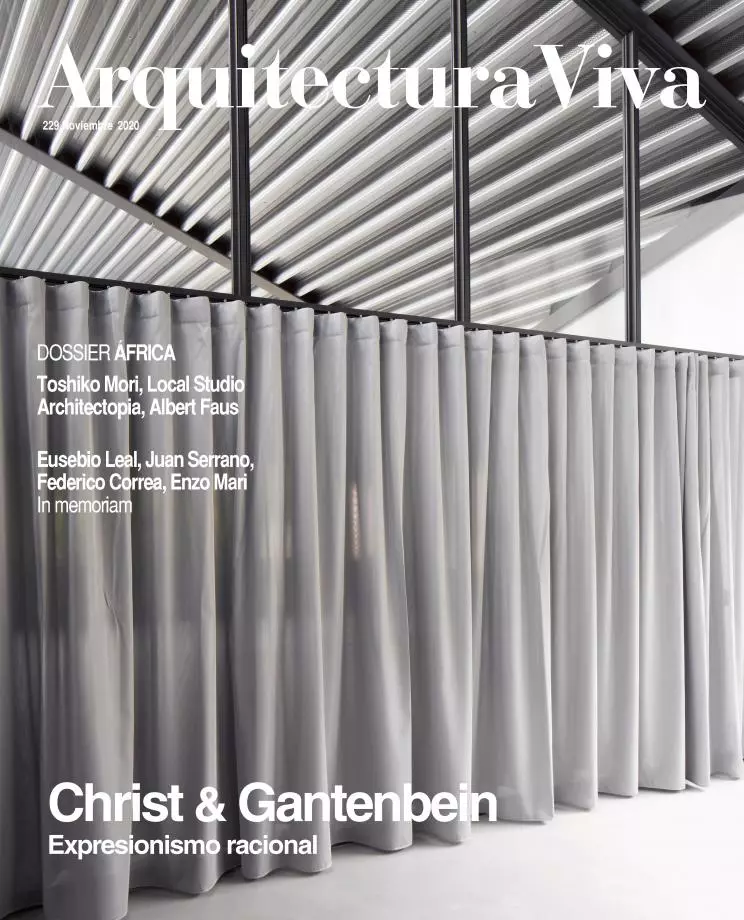
Echoing Aristotle, Leon Battista Alberti proclaimed that in architecture, virtue lies in the middle ground: in moderation, balance, the right proportions. The thesis holds for many architects, but especially for Rahul Mehrotra, whose work has managed to combine tendencies of different, even contradictory natures.
The virtue of avoiding extremes now gets bad press, but comes in handy when the architect works in disparate parts of the globalized world. Starting with his own country, India, historically so diverse and facing the dilemma of connecting with international trends without sacrificing its cultural heritage. A dilemma Mehrotra discussed in Architecture in India Since 1990 and addresses in this new book through works whose common denominator is eclecticism in the best sense. Mehrotra’s projects are eclectic in that they deal specifically with specific contexts, and shun dogmatism by encompassing everything: from shelters in remote spots to corporate buildings in downtown Mumbai, with an elephant house somewhere along the way.
If Mehrotra’s style is eclectic, so are his work and thought processes. In the lineage of the best of Indian modernity (he is Charles Correa’s son-in-law), Mehrotra has stayed clear of essentialist regionalisms. His cosmopolitanism has resulted in a calling to teach abroad – as at Harvard GSD, chairing its urban planning department – and given him a voice of his own among defenders of a moderate, inclusive way of embracing globalization. Virtue, for Mehrotra, lies in the middle ground.






